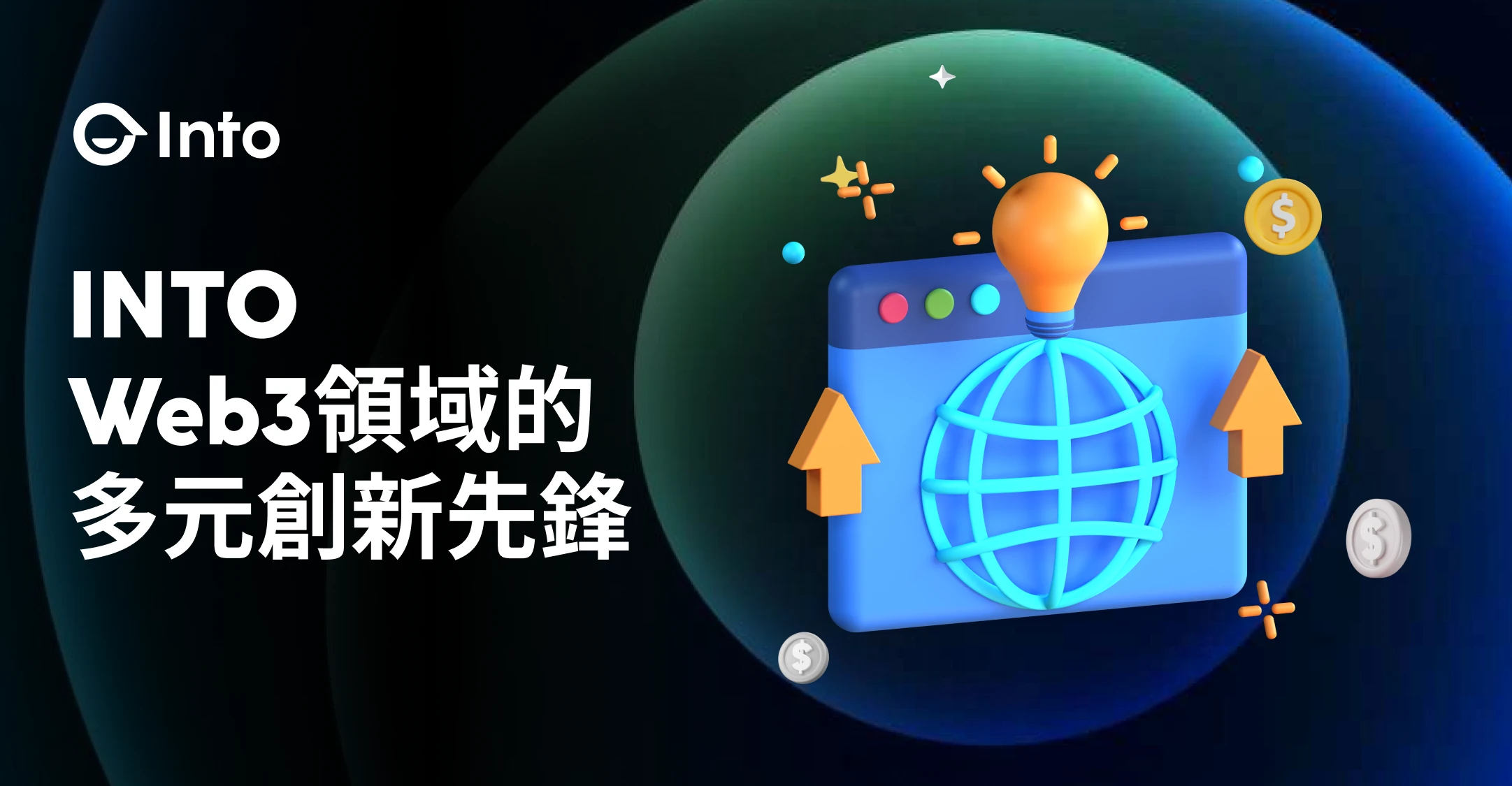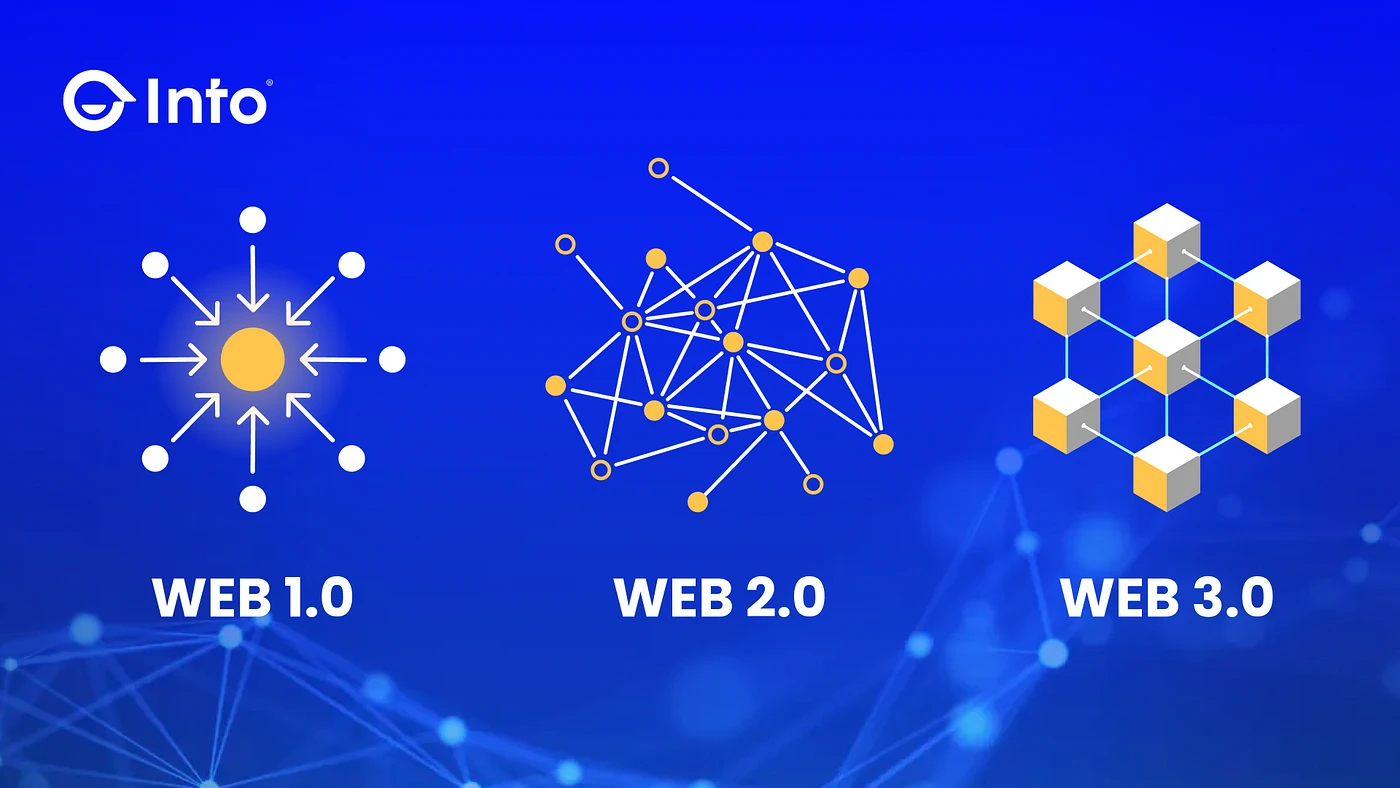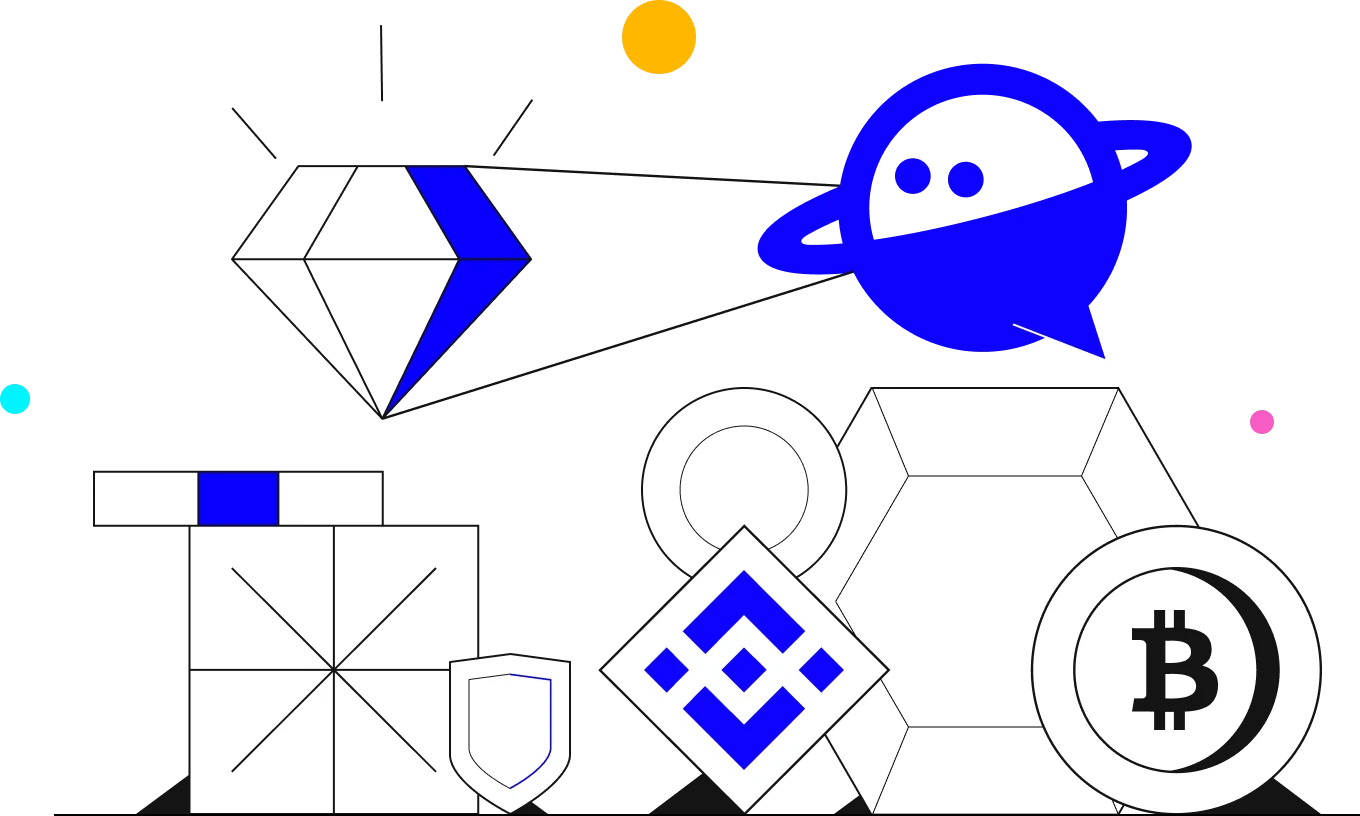In the universe of Web3, a powerful gravitational force is reshaping the entire landscape of the digital world. This force comes from a "super connector" named INTO. As a pioneer in the Web3 social domain, INTO is reconstructing the entire industry chain's value system in an unprecedented way. It is no longer satisfied with innovation in a single field but boldly breaks down barriers between social, financial, storage, and computing sectors to build a truly decentralized ecological internet.

### 1. Profit Sharing is an Inevitable Trend in Web3 Development
In the development process of Web3, profit sharing has transformed from a beautiful vision into an inevitable trend. Behind this shift lies profound technological, economic, and social logic.
First, from a technological perspective, the underlying technology of Web3 provides the possibility for true profit sharing. The decentralized nature of blockchain technology allows for the creation, circulation, and distribution of value to occur without centralized authority. The emergence of smart contracts enables complex profit distribution rules to be encoded and executed automatically, significantly reducing the execution costs of profit sharing. Additionally, the development of cryptocurrencies and token economies provides convenient tools for quantifying and circulating profits. These technological innovations collectively build a technical foundation for achieving genuine profit sharing.
Second, from an economic perspective, profit sharing is an effective way to address the issue of unfair value distribution in the current digital economy. In the Web2 era, large tech companies gained disproportionate benefits by controlling user data and platform traffic, while users who truly created value found it difficult to receive corresponding returns. This imbalance not only hinders the long-term development of the ecosystem but also raises increasing doubts and resistance. The profit-sharing model of Web3 allows users to genuinely participate in the process of value creation and distribution by allocating part of the platform's ownership and decision-making power to them, thus achieving a more equitable and sustainable economic model.
Third, from the perspective of the ecosystem, profit sharing is key to promoting the prosperous development of the entire Web3 ecosystem. In a profit-sharing ecosystem, every participant is motivated to contribute to the ecosystem's development because they know their efforts will be rewarded. This positive incentive mechanism can attract more participants, promote more innovation and value creation, thus forming a virtuous cycle. In contrast, ecosystems with unfair profit distribution often struggle to continuously attract quality participants, ultimately leading to the decline of the entire ecosystem.
Finally, from a long-term development perspective, profit sharing is an inevitable choice for Web3 projects to achieve sustainable development. In the rapidly changing digital world, a single business model or technological innovation is unlikely to guarantee long-term competitive advantage. Only those projects that can continuously attract and retain quality participants and consistently create value can survive in fierce competition. Profit sharing precisely provides such a sustainable development mechanism for projects.

### 2. INTO's Profit Sharing Model: Connection, Integration, and Symbiosis
INTO's profit-sharing model acts like a powerful "value gravitational field," tightly linking various fields of Web3 together. This "gravitational field" is primarily composed of three core elements: "connection," "integration," and "symbiosis," which interact and reinforce each other, collectively shaping INTO's unique value ecosystem.
First, let’s focus on the key element of "connection." INTO serves as the "super connector" of the Web3 world, breaking down barriers between social, financial, storage, and computing sectors to build a decentralized ecological internet. In this ecosystem, every participant can freely interact across boundaries to create value. For example, a social content creator can easily monetize their work in the form of NFTs, which can then be used as collateral on DeFi platforms. A storage node provider can convert their contributions into social influence or financial returns. This seamless connection not only enhances the efficiency of value circulation but also creates more opportunities for each participant to obtain value. INTO's connection capability is like laying a dense "value highway network" in the galaxy of Web3, allowing value to flow freely and efficiently across different fields.
Next, we look at "integration," the engine of innovation. INTO not only connects different fields but also promotes deep integration and innovation among them. On INTO's platform, innovations from different fields are no longer isolated but mutually promote and empower each other. Social data may become the basis for financial credit, storage contributions may translate into social influence, and computing power may be exchanged for financial returns. This cross-field integrated innovation not only generates entirely new application scenarios but also unleashes tremendous synergy. For instance, INTO might launch decentralized lending services based on social credit or social ranking systems based on storage contributions. This ability for integrated innovation makes INTO an innovation melting pot in the Web3 world, continuously giving rise to new forms of value.
Finally, let’s focus on "symbiosis," the ecological cornerstone. INTO is building a symbiotic and win-win Web3 ecosystem. In INTO's blueprint, Web3 is not a zero-sum game but a mutually beneficial community of shared destiny. Through a carefully designed token economic model and governance mechanism, INTO ensures that every participant in the ecosystem can fairly share in the growth dividends. Whether ordinary users, content creators, developers, or investors, everyone can find their place in this ecosystem and receive corresponding returns. For example, users may gain governance rights and dividend rights by holding platform tokens, developers may receive token rewards for contributing code, and investors may earn a share of transaction fees by providing liquidity. This symbiotic win-win mechanism gives INTO's ecosystem a strong self-reinforcing capability, continuously attracting more participants to join and forming a virtuous cycle.
Through the organic combination of these three core elements, INTO has built a powerful "value gravitational field." In this realm, the various fields of Web3 are no longer isolated entities but are closely connected and interact as an organic whole. Value can flow freely, innovate continuously, and grow together. This profit-sharing model not only optimizes the creation and distribution of value but also promotes the integrated development of the entire Web3 industry.

### 3. INTO Constructs a "Value Gravitational Field" of "Technology, Mechanism, and Culture"
To successfully build this powerful "value gravitational field," INTO needs to make efforts on three levels: technology, mechanism, and culture. The synergy of these three dimensions constitutes the complete implementation path of INTO's profit-sharing model.
At the technical level, INTO has created an open and scalable technical architecture. First, INTO employs cross-chain technology to achieve interoperability between different blockchain networks. This allows INTO to seamlessly connect different blockchain ecosystems, providing users with a broader space for value circulation. Second, INTO has developed a modular smart contract system that can flexibly combine different functional modules to quickly implement new business logic. This modular design significantly enhances INTO's innovation efficiency. Finally, INTO has also introduced privacy computing technologies such as zero-knowledge proofs, which protect user privacy while enabling trustworthy data computation and sharing. This provides technical assurance for INTO's cross-field integrated innovation. For example, users can prove their social influence or credit status without disclosing specific data, thus obtaining corresponding financial services.
At the mechanism level, INTO has designed a sophisticated token economic model and governance mechanism. First, INTO has issued a native token as the value carrier and governance tool of the entire ecosystem. Tokens can be used not only to pay for platform service fees but also to participate in community governance and obtain platform revenue sharing. Second, INTO has introduced an inflation design, where newly issued tokens are primarily used to reward ecosystem contributors, such as content creators and node operators. This mechanism ensures the continuous growth and reasonable distribution of ecosystem value. Finally, INTO has established a decentralized autonomous organization (DAO) that allows token holders to participate in major platform decisions. This democratized governance mechanism greatly enhances community cohesion and participation. For example, the community can vote to decide the development priorities of new features or adjust token distribution ratios.
At the cultural level, INTO fosters an open, collaborative, and sharing ecological culture. First, INTO actively promotes the concept of Web3 through various educational activities and content, helping users understand the value of decentralization and token economies. Second, INTO encourages mutual assistance and collaboration among community members, establishing various incentive mechanisms to reward those who contribute to the community. Finally, INTO also actively hosts a variety of rich activities to attract developers to innovate on the platform. Through these initiatives, INTO is cultivating a vibrant ecological culture filled with creativity and collaboration. For example, in INTO's community, it is common to see users from around the world spontaneously organizing study groups to share Web3 knowledge or collaborating among developers.
By addressing technology, mechanism, and culture simultaneously, INTO is transforming the concept of the "value gravitational field" into reality. In this process, INTO is not just building a platform but nurturing a vibrant Web3 ecosystem. It is demonstrating through practical actions that profit sharing is not merely about distributing benefits but a systematic project that requires comprehensive consideration.
In summary, INTO's "value gravitational field" model presents a new possibility for Web3. In this world, different fields are closely connected, innovation flows continuously, and every participant can fairly share in the growth dividends. The significance of this model far exceeds INTO itself. It provides a new approach to solving issues such as the island effect between Web3 projects and insufficient value capture, pointing to a feasible path for building a more open, collaborative, and sharing Web3 ecosystem.
免责声明:本文章仅代表作者个人观点,不代表本平台的立场和观点。本文章仅供信息分享,不构成对任何人的任何投资建议。用户与作者之间的任何争议,与本平台无关。如网页中刊载的文章或图片涉及侵权,请提供相关的权利证明和身份证明发送邮件到support@aicoin.com,本平台相关工作人员将会进行核查。



